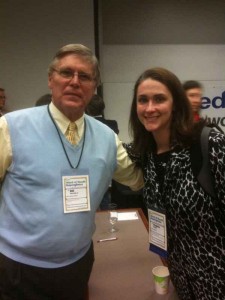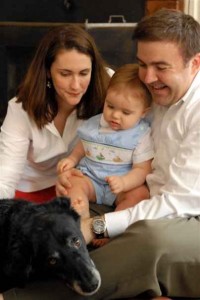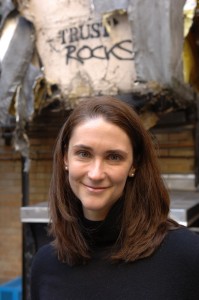Resolution Inspiration from Maker’s Mark
Last month, I met Bill Samuels, Jr. in the flesh. That name may not ring a bell for you, but for me and thousands of Maker’s Mark ambassadors, meeting the master distiller, current company president, and son of the founder of a truly beloved brand is a very big deal. Perhaps more importantly to me, this company’s philosophy and deep respect for their customers was one of the first to get me excited about the power of Word of Mouth Marketing when I heard Jackie Huba tell their ambassador story (check out her podcast interview with Bill Samuels, Jr here) almost 5 years ago.
Bill was in attendance at the December 16 WOM Supergenius conference in Chicago where I along with some other old WOMMA friends including Jake McKee, Spike Jones, and John Moore was speaking at the invitation of Andy Sernovitz and his team from Gaspedal. While all the sessions were great, Bill’s was the only one where I broke out a pen and started trying to capture what was being said word for word.
What better way to kick off 2010 than remembering why we care about WOM in the first place from a brand that is most certainly worthy of a weekend (or a 6 year ambassadorship)? Thus, enjoy the paraphrased quotes from Bill Samuels, Jr – some of which originated with from his dad. I hope they can inspire us all to a 2010 of meaningful marketing resolutions…
 <our target audience is…> Anyone with an above average interest in taste and taste distinctiveness that we would enjoy having home for dinner.
<our target audience is…> Anyone with an above average interest in taste and taste distinctiveness that we would enjoy having home for dinner.
<how will we reach them?> We will not enter the airspace of anyone who has not invited us to enter it.
We will talk to the people who want to talk to us.
Wherever we travel, we blow the whistle at 5 and they all come running.
We send Ambassadors text emails from Bill, because your friends don’t send you Flash emails.
Surprise and delight is more powerful than a reward triggered by taking an action.
Every gift we send is a tool to help you introduce your friends to your brand, Maker’s Mark.
Thanks for the reminders, Bill. And for the reminder to specify brands when ordering a bourbon & ginger.


